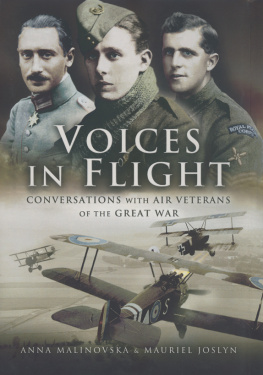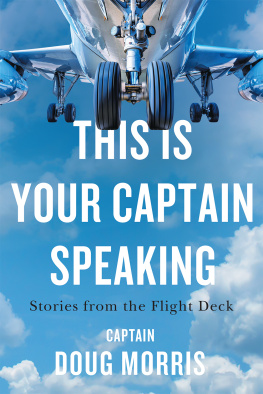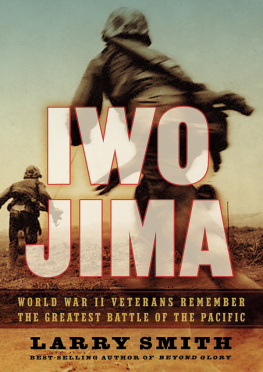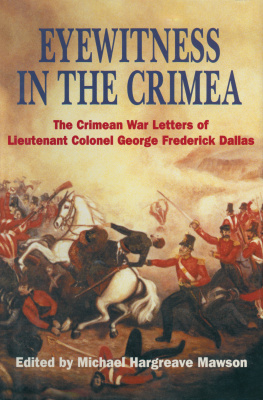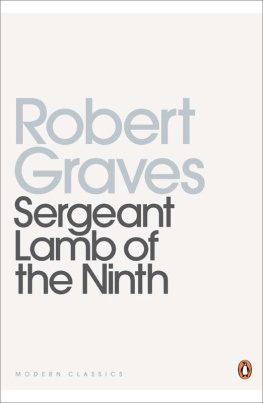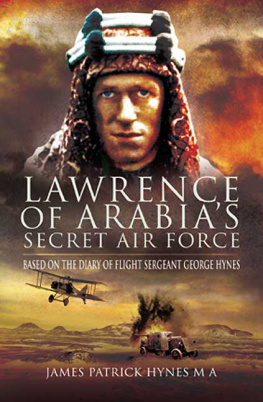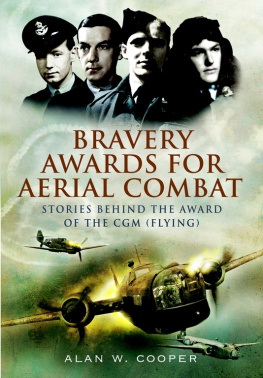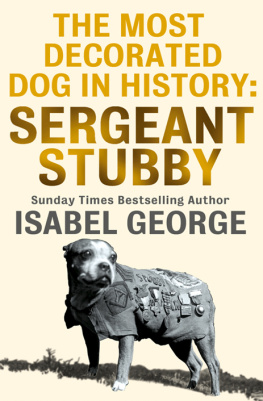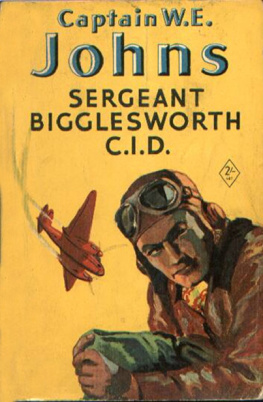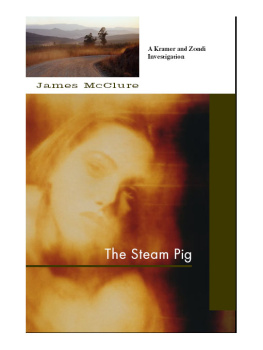VOICES IN FLIGHT
VOICES IN FLIGHT
Conversations with Air Veterans
of the Great War
by
Anna Malinovska &
Mauriel P. Joslyn
For Cynthia
First published in Great Britain in 2006 by
Pen & Sword Aviation
an imprint of
Pen & Sword Books Ltd
47 Church Street
Barnsley
South Yorkshire
S70 2AS
Copyright Anna Malinovska & Mauriel P. Joslyn, 2006
ISBN 1 84415 399 1
978 1 84415 399 2
The right of Anna Malinovska & Mauriel P. Joslyn to be identified as
Authors of this Work has been asserted by them in accordance
with the Copyright, Designs and Patents Act 1988.
A CIP catalogue record for this book is
available from the British Library
All rights reserved. No part of this book may be reproduced or
transmitted in any form or by any means, electronic or mechanical
including photocopying, recording or by any information storage and
retrieval system, without permission from the Publisher in writing.
Typeset in Palatino and Gill Sans by
Phoenix Typesetting, Auldgirth, Dumfriesshire
Printed and bound in England by
Biddies Ltd, Kings Lynn, Norfolk
Pen & Sword Books Ltd incorporates the imprints of Pen & Sword
Aviation, Pen & Sword Maritime, Pen & Sword Military, Wharncliffe
Local History, Pen & Sword Select, Pen & Sword Military Classics
and Leo Cooper.
For a complete list of Pen & Sword titles please contact
PEN & SWORD BOOKS LIMITED
47 Church Street Barnsley, South Yorkshire, S70 2AS, England
E-mail: enquiries@pen-and-sword.co.uk
Website: www.pen-and-sword.co.uk
Contents
This volume would be incomplete without the assistance of many who generously provided invaluable information.
Roger King provided inestimable technical support during the original interviews.
Ian Thirsk deserves thanks beyond measure for countless hours spent converting the original videos to VHS format. He showed resolute patience and ingenuity with obsolete media that often resisted conversion. All his colleagues in the library at the RAF Museum in Hendon were unfailingly kind and supportive.
Thanks are due also to the following for their important contributions: Rosamond Clayton; Ruth Cundy; Patricia Dean; Immo Frese; David Goddard; Megan Griffiths; Roberta Hazan; Paul Leaman; Daphne Lee; Phil & Cynthia Morris; Carole Pemberton; Nick Saunders; Mr D. Stratton; Peter Watts; Christine Wells; Philip Wingfield and Elspeth Woolcott.
Without the encouragement, insight and meticulous attention to detail of our husbands, Martin and Rick, this book would not exist.
But oon thing there is above all othr:
I gave him winges, wherwith he might vpflie
To honor and fame; and, if he would, farther
Then mortall thinges, above the starry sky;
Considering the pleasur that an iye
Myght geve in erthe by reason of his love,
What shuld that be that lasteth still above?
THOMAS WYATT (15031542)
The idea that evolved into a series of portraits of early aviators, eventually presented as hour-long interviews, was stimulated by my first visit to the RAF Museum at Hendon in 1976, where I encountered the collection of First World War aircraft incredible structures, deprived of function, which had reverted to pure form. Aesthetic appreciation of these exquisite machines aside, I felt an intense curiosity about what it must have been like to fly them. What manner of men were their pilots, the pioneers?
I began research at both the Imperial War Museum and the library of the RAF Museum, and attempted to discover everything possible about early aviation. Having initially been unaware that so many RFC and RAF personnel were still extant, I considered interviewing Second World War rear gunners. There were fewer of these than anticipated, and those remaining were signally unwilling to speak of their experiences. As is sometimes the case when one becomes intensely focused on a particular subject, I began to discover various people who either knew, or were related to, ex-RFC servicemen.
As there was naturally a time constraint on this project, the war having ended some sixty years before, I thought it best to expedite the venture. I borrowed video equipment almost as obsolete as the old planes themselves, and completed the first four interviews. I assumed that the subjects of the interviews would have clearer recall of events occurring sixty years before than of those in the nearer past; this proved correct. As this scheme seemed capable of development, I decided to furnish a comprehensive overview of service in all categories in the first air force, and I submitted a proposal to the RAF Museum that I should create an archive to be used for research by aviation historians, students and other interested parties. This was accepted by Mr J. M. Bruce who was, at that time, Keeper of Aircraft and Research Studies. To his depth of learning in this field, and enthusiasm for the project, I am eternally indebted.
I decided to approach potential interviewees with a written questionnaire to serve as a prompt in the interview. In the main they acceded most generously to my request to record their recollections, though a few were constrained by the frailty of increasing age or by poor health. The medium of video recording was chosen rather than that of film, with a view to minimizing disturbance of the subjects home environment. Two clip-on spotlights were used, with a discreetly placed throat microphone attached to the RFC tie. On meeting, there would be preliminary reminiscence and the display of cherished photographs or documents while the equipment was being set up. The latter would often require some time to register a satisfactory image. The serious business of the interview would then commence, sometimes with perceptible nervousness and diffidence on the part of the veterans. Their apprehension usually dissipated as they relaxed into personal experiences of their service, recalling this with increasing confidence. The interview would usually conclude with fresh anecdotes and considerable hospitality and bonhomie.
An MOD moratorium halted funding for the project; consequently, I was able to complete a mere thirty-eight hours of interviews, and these only with British flying personnel. Owing to scandalous curatorial incompetence, this irreplaceable material was allowed to languish and atrophy for more than twenty-five years. Moreover, it proved impossible at the time to interest any publisher in the expansion of this material into print. Fortunately, though, with a new and more sympathetic appointment at Hendon, and with the interest of an accredited historian, this archive has been revitalized, and may now triumphantly assume the role for which it was originally designated a living record for the RAF Museum, available to researchers of the first war in the air.
Some of the original interviewees have had perforce, and with great reluctance, to be omitted from this book. They are Cyril Britten, Humphrey De Verde Leigh, Leonard Edwards, George Etheridge, Reginald Greenfield, G. F. Hyams, A. R. Johnson, George Moore, Bunny Sharman and Frederick Shildrick. Heartfelt thanks to all of you.
It is hoped that this book will serve as a most salient memorial to all the valiant and beloved men of the first aerial conflict, and to those remarkable chaps whom it was my enormous privilege to meet.
salvete vos omnes!
ANNA MALINOVSKA
London, August 2005
I first met Anna Malinovska in Victoria Station, over coffee and a conversation about Captain Albert Ball VC, in late 2003. Our brief acquaintance revealed an amazing endeavour undertaken by Anna, which resonated with me as a fascinating insight into the world of early aviation. Thus began a long association as we revisited her project of nearly thirty years ago, in order to transform these interviews into print.
Next page
